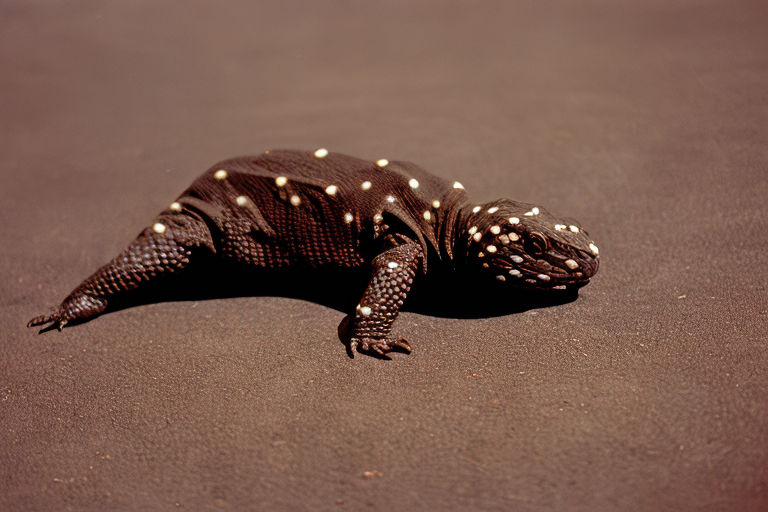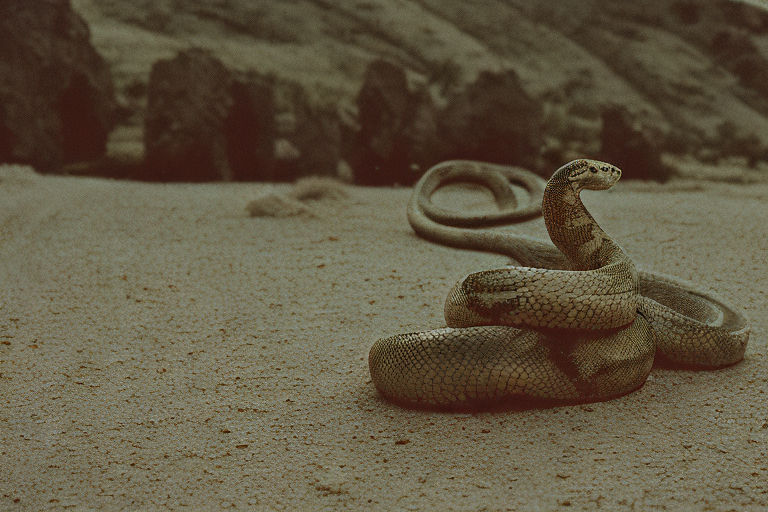
Unveiling the Fascinating Fauna of the Nevada Desert
When one thinks of Nevada, images of vast desert landscapes and shimmering heat waves often come to mind. But beyond the arid sands lies a thriving ecosystem teeming with life. The Nevada desert is home to a remarkable array of animals that have adapted to survive in this harsh and unforgiving environment. In this article, we will embark on a journey to explore the incredible diversity of Nevada desert animals, from cunning reptiles to elusive mammals, showcasing their remarkable strategies for thriving in the extreme conditions of the desert. So, grab your binoculars and let’s dive into the captivating world of Nevada desert fauna.
1. Jackrabbits: Masters of Speed and Evasion
Jackrabbits, known for their strikingly large ears and agile movements, are among the most iconic inhabitants of the Nevada desert. These hare-like creatures belong to the Leporidae family and possess exceptional speed and evasion abilities to outwit their predators. With powerful hind legs, they can reach speeds of up to 40 miles per hour (64 km/h) in short bursts. Their characteristic long ears serve as both a means of dissipating heat and enhancing their hearing, allowing them to detect the faintest sounds of approaching danger. Jackrabbits are primarily herbivores, feeding on various desert plants, and their keen sense of smell helps them locate water sources in this parched landscape.
2. Gila Monsters: Venomous Beauties of the Desert

In the realm of reptiles, the Gila Monster reigns supreme. This venomous lizard, native to the Nevada desert, boasts a distinctive pattern of orange and black scales, serving as a warning sign to potential predators. Gila Monsters are known for their potent venom, delivered through grooved teeth in their lower jaws. However, despite their venomous nature, they pose little threat to humans unless provoked. These slow-moving creatures spend much of their time underground, emerging during warmer months to bask in the sun and hunt for small prey such as birds, rodents, and eggs. Their ability to store fat in their tails allows them to survive for months without food or water.
3. Desert Bighorn Sheep: Masters of Cliff Dwelling

Imagine scaling the rugged cliffs of the Nevada desert with ease and grace. This is precisely what the impressive Desert Bighorn Sheep accomplishes daily. These majestic creatures are perfectly adapted to navigate treacherous rocky terrain, using their muscular bodies and specialized hooves to traverse steep slopes effortlessly. The male sheep, known as rams, possess massive curled horns that can weigh up to 30 pounds (14 kg). These formidable weapons are used for aggressive displays during mating season and territorial disputes. Despite the scarcity of water in the desert, Desert Bighorn Sheep have developed the ability to obtain sufficient hydration from the plants they consume, enabling them to survive in this arid environment.
4. Kit Foxes: The Nighttime Predators
As dusk settles over the Nevada desert, a stealthy predator begins its nocturnal pursuits. Enter the Kit Fox, a small carnivorous mammal renowned for its adaptability and cunning hunting techniques. With large ears for superior hearing and exceptional vision even in low light, these foxes excel at capturing their prey. Their diet consists mainly of rodents, rabbits, and insects, making them vital in maintaining ecological balance within the desert ecosystem. Remarkably, Kit Foxes have the unique ability to survive long periods without drinking water, obtaining the moisture they need from their food sources and conserving it through efficient physiological adaptations.
5. Sidewinder Rattlesnakes: Masters of Desert Locomotion

When it comes to locomotion in the desert, the Sidewinder Rattlesnake exhibits a remarkable adaptation that allows it to traverse the sandy terrain with ease. This venomous snake earned its name due to its distinctive sideways movement, leaving wavy tracks in the sand. By employing a serpentine motion and moving diagonally, the Sidewinder minimizes the amount of body surface in contact with the scorching sand, reducing the risk of overheating. These rattlesnakes possess venomous fangs, which they use to immobilize their prey before consuming it whole. While encountering a rattlesnake may strike fear into the hearts of many, these reptiles play a crucial role in controlling rodent populations in the desert ecosystem.
Conclusion: The Resilient Creatures of the Nevada Desert
In the vast expanse of the Nevada desert, life finds a way to thrive against all odds. From jackrabbits darting across the sands to sidewinder rattlesnakes gracefully slithering through the dunes, each animal has evolved distinct strategies to endure the challenges posed by this inhospitable environment. Through their remarkableadaptations and unique features, Nevada desert animals have carved out a niche for themselves, showcasing the resilience and ingenuity of nature.
The diverse fauna of the Nevada desert serves a vital role in maintaining the delicate balance of this ecosystem. Each species plays a specific part in the intricate web of life, contributing to the overall health and stability of the desert environment. From herbivores like jackrabbits and Desert Bighorn Sheep that aid in seed dispersal to predators such as Gila Monsters and Kit Foxes that help control populations of smaller animals, every creature has its place.
These animals have overcome the scarcity of resources, extreme temperatures, and lack of water by evolving remarkable adaptations. Whether it’s the jackrabbit’s ability to stay hydrated by locating water sources or the Gila Monster’s storage of fat in its tail to endure long periods without food, each survival strategy is a testament to the tenacity of these desert dwellers.
It is crucial to appreciate and protect the biodiversity found within the Nevada desert. The fragile balance of this ecosystem can be disrupted by human activities, such as habitat destruction and pollution. Conservation efforts and responsible land management are essential to ensure the continued existence of these unique and captivating creatures for future generations to admire and study.
So, the next time you find yourself in the Nevada desert, take a moment to observe the incredible wildlife that calls this harsh landscape home. Marvel at the agility of the jackrabbit, the beauty of the Gila Monster, the grace of the Desert Bighorn Sheep, the stealth of the Kit Fox, and the unique locomotion of the Sidewinder Rattlesnake. These extraordinary animals exemplify nature’s ability to adapt and thrive even in the most challenging environments.
In conclusion, the Nevada desert is not just a barren wasteland but a rich and diverse ecosystem brimming with fascinating wildlife. The animals that inhabit this arid region have evolved incredible adaptations to survive and thrive, showcasing the marvels of nature. From the impressive speed of jackrabbits to the venomous beauty of Gila Monsters, each species contributes to the intricate tapestry that is the Nevada desert. Let us embrace the importance of preserving and appreciating these incredible creatures, ensuring their continued existence in this unique and awe-inspiring landscape.